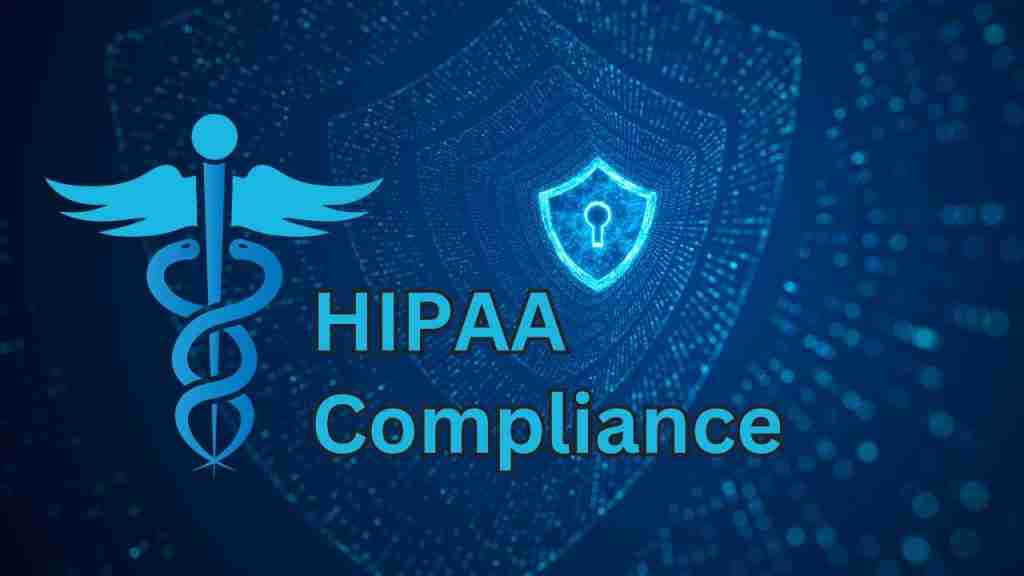Meet HIPAA Compliance and Protect Patients

The primary role of healthcare facilities goes beyond treating patients, it also includes ensuring their privacy and security. As the number of cyber threats and data breaches surges, regulations like HIPAA Compliance are not merely a legal obligation but a need for healthcare organizations. Compliance with HIPAA has ensured the protection and privacy of patient’s medical records, preventing their misuse in identity theft and financial fraud. Moreover, It contributes to patient trust protection, organizational integrity preservation, and data breach defenses. HIPAA compliance is not an easy task, but it is not impossible either. Considering innovative Solutions provided by TTR technology, healthcare organizations can manage the complexity by bringing in confidence. These measures guarantee the required level of data reliability. What is HIPAA compliance? HIPAA compliance guarantees the safety of the hospitals’ sensitive healthcare information, protects patients’s privacy, and reduces the possibility of identity theft and financial fraud. The implementation of HIPAA rules could impose severe LA punishment, including a penalty of $1.5 million US dollars for a single offense and criminal charges. The offense is manifest in the magnitude of the damages inflicted should patients’ records be breached, related to safety risks. Identity theft or blackmail could exploit stolen medical data, resulting in financial losses and people’s safety. Strict enforcement rules support the idea that HIPAA compliance throughout healthcare organizations is the only way to build confidence in patients’ privacy and trust among healthcare institutions. Key Components of HIPAA 1. Privacy Rule The HIPAA legislation specifies two types of discretion. Firstly, companies must ensure patient data privacy and ask for permission before transmitting it to relevant bodies. Moreover, companies can investigate the context and purpose of their data use to determine their comfort level. They have the right to inspect, obtain copies, and ask for amendments to their record. If the covered entity violates any of the two principles contained in the HIPAA privacy rule, it is considered to be a violation of this rule. 2. Security Rule The purpose of security safeguards is to protect patient data from any possible security breach. The purpose of setting up administrative safeguards is to ensure that authorized staff members are present and that compliance processes are in place. Technical safeguards refer to IT functions, including encryption and authentication, for data control purposes. Physical safeguards refer to the allocation of resources to prevent data platform theft. Together, these measures ensure comprehensive data protection. 3. Data Sharing/Transaction Rule Healthcare data sharing is important for research and second opinions, but it carries the risk of losing or oversharing. Companies must use designated codes such as ICD, CPT, HCPCS, NDC, LOINC, and SNOMED CT to safeguard the data sets of medical records and PHI during transactions. 4. Enforcement Rule This rule aims to support regulations by imposing hefty penalties for privacy and security breaches, as well as a tiered structure for both civil and criminal penalties. These tires can range from $1,000 to $50,000 per violation, according to the violation category. 5. Omnibus Rule To maintain HIPAA compliance, business associates must follow the guidelines provided by the Omnibus Rule while managing Protected Health Information (PHI). It includes business affiliates and their subcontractors under the expanded HIPAA obligations. Business associates must execute PHI protection measures, This Act requires covered entities to inform HHS of a breach and puts new security requirements into effect for business associate agreements. The main security requirements are frequent risk assessments, security incident procedures, encryption, access controls, audit controls, integrity controls, authentication, and transmission security. 9 Important HIPAA Compliance Checklist Points 1. Conduct Regular Risk Assessments Monitor the data security risks regularly with regard to unauthorized access or data breaches occurring to patients’ data. This preventive approach enables healthcare offices to identify their weaknesses early. As a result, prevent compliance issues with HIPAA’s Security Rule while implementing the required measures to mitigate risks. 2. Implement Administrative Safeguards With a security system in place, develop and implement administrative regulations regarding the use of patient information. These incorporate hiring a HIPAA Privacy Officer, giving training to employees, and setting up standard working procedures for handling PHI; they all assist an organization or contact TTR Technology in adhering to HIPAA standards. 3. Employ Technical Safeguards Use additional technologies, such as encryption and access controls, to prevent unauthorized individuals from intercepting or acquiring ePHI. The practical application of this requirement is that the technical safeguards used must breathe life into health information data integrity and confidentiality, and even data transmission and storage should fully meet HIPAA’s requirements. 4. Enforce Physical Safeguards Implement robust physical security measures to secure systems and devices that may contain or access PHI. For example, preventing unauthorized access to patient data through facility access controls, video surveillance systems, and device encryption falls under HIPAA’s Physical Safeguards, as demonstrated by the implementation thereof. 5. Maintain Proper Documentation In HIPAA compliance, gather clear documentation in the form of policies, procedures, risk assessment, and training logs. Accurate documentation is not just evidence of one’s systematic compliance; it is also a real help for internal auditing and regulatory inspection, because of which healthcare institutions will not have any penalties for non-compliance. 6. Ensure Business Associate Compliance Establish and follow the rules of BAAs, the entities that touch PHI. These agreements define the roles and responsibilities of the business associates, making it easier to track compliance. When sharing PHI with external parties, they clearly outline requirements for handling patient data. 7. Develop a Breach Notification Plan Establish specific guidelines for responding to and reporting HIPAA breaches involving health information and personal data. According to the HIPAA Breach Notification Rule, a very important measure is immediate detection and giving the right information to the concerned parties, such as the affected individuals and relevant regulatory authorities, which could help in mitigating breaches as well as compliance. 8. Provide HIPAA Training Periodically, conduct training with the help of managed IT Services Provider and education classes for employees regarding HIPAA rules, cybersecurity, and the importance of maintaining patient privacy. Ensure workers’
